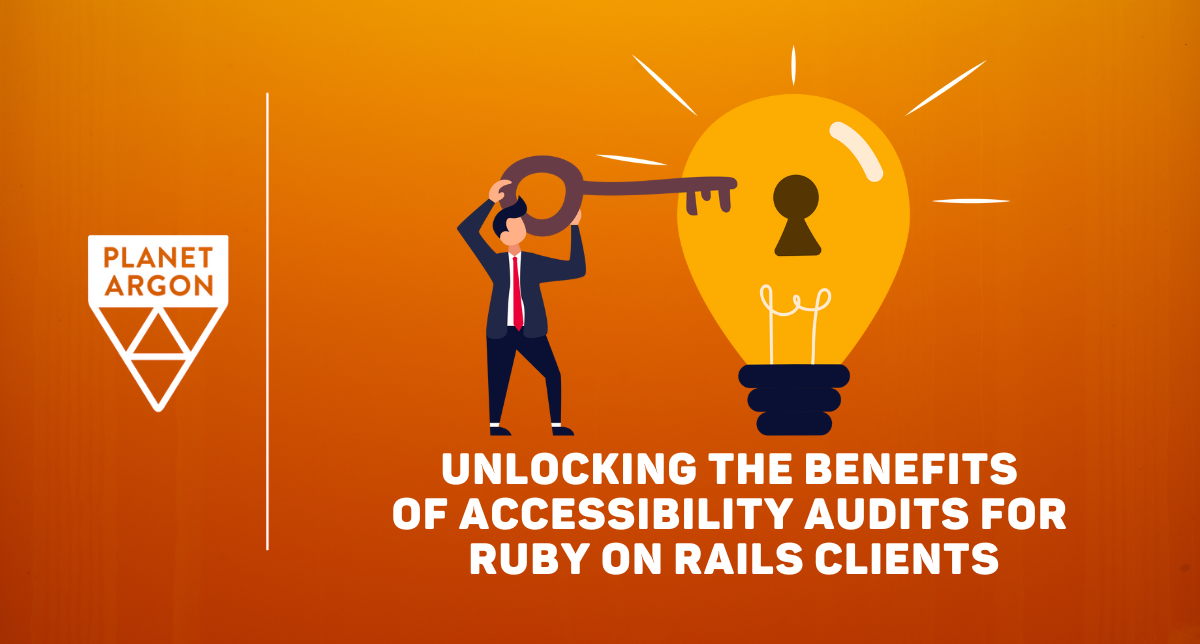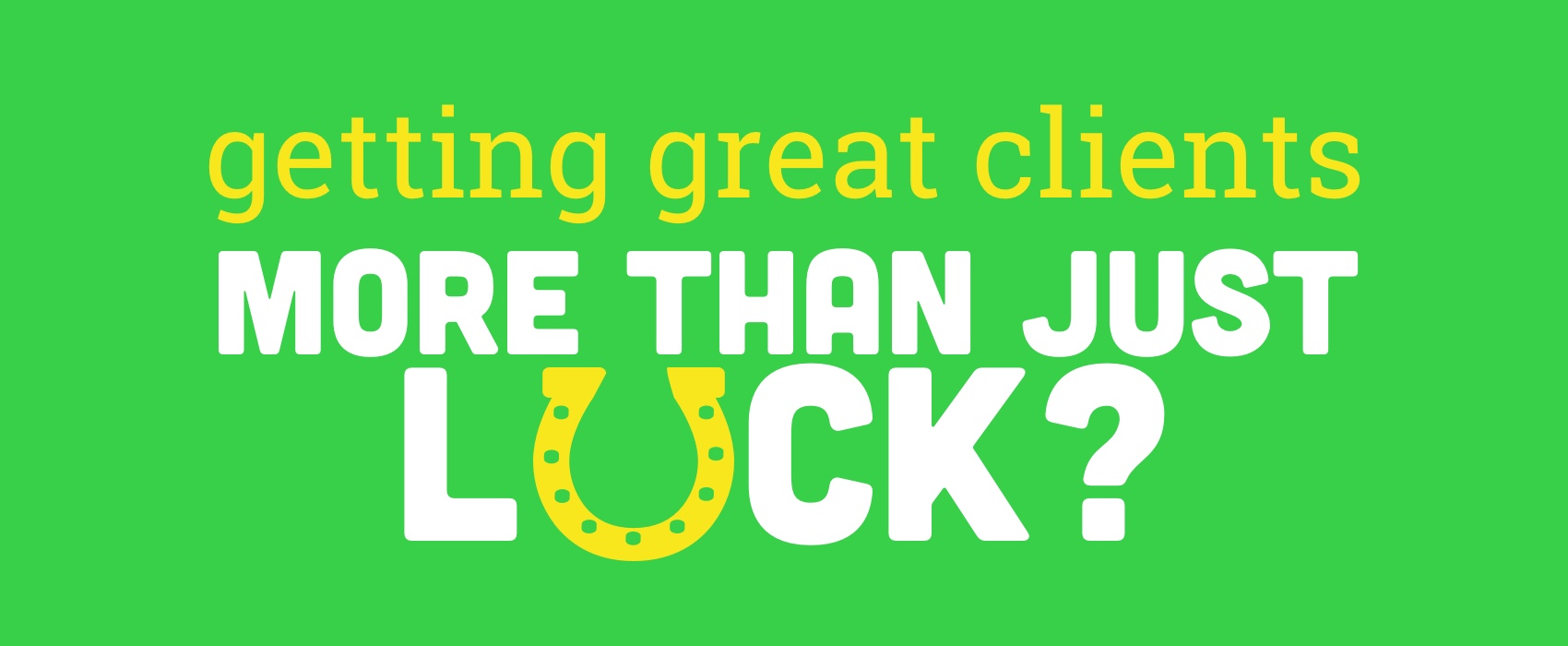
This article explores how Ruby on Rails clients can benefit from accessibility audits, including improved user experience, compliance, and marketability.
We'll share insights into some of our best practices when shaping digital connections. Learn specific ways to create seamless, accessible experiences for your application users through tips, tutorials, and guides.
23 May 2023
27 Mar 2023
31 May 2017
16 May 2017
9 May 2017
18 Apr 2017
If you're anything like me, you've spent several hours of your life scrolling through Medium articles. From think pieces to bold proclamations, to tear downs of other Medium articles, the network is home to some amazing (and not so amazing) content. But every once in a while you come across a piece so well-composed, engaging, and informative that you have to share it and get others opinions on it as well. For me this month, that was this article from Issara Willenskomer on motion-based UX design.
In it, Willenskomer breaks down how motion supports usability, then dives into 12 individual principles, like transformation (a circle evolving into a square, for example), and overlay (a foreground object sliding over a background object) to name a few. Each principle has detailed descriptions, along with gifs to demonstrate the motion on a website or app.

If you're a designer, you might not agree with all of the principles described in this piece. But odds are, you'll find a bit of inspiration and may want to bookmark this one for later. The next time you're thinking on movement for a new design, try giving this another read through.
What are your thoughts on the 12 motion principles described above? Leave a comment and let us know!
13 Apr 2017
4 Jan 2017
2016 was…interesting. And, with a new year and change in the air, there are still unknowns and guesses of what’s to come. As a Design Strategist, I’ve been thinking a lot about the future of design, and, specifically, what I might design for or need to consider as a design for people in the future. I’ve been observing where we are today (compared to where we have been) and how we now interact and consume what has been designed for us. I’ve been thinking about how our behaviors and needs have significantly changed year after year based on designed platforms and technology, and will surely continue to change based on what is happening around us.
Fjord’s take on the key trends for 2017 is fascinating and, I believe, on the mark. Their analysis of 8 key trends, with a background of how we got here, what to expect this year, and what your organization can do about it is insightful and thorough. And while it doesn’t answer all the questions, it provides a well-rounded perspective to get anyone to think beyond today.
11 Nov 2016
When I started in this industry, I haphazardly navigated my way through terminology. I most likely used things interchangeably. And it seemed like new terms and titles were coming out daily (this was emphasized as we’d go through a hiring process and each candidate would have a new title or speciality). Not so long ago, it used to be just web design. But these days, there’s more distinction, and rightfully so. This article by Kaycee Collins at Cooper does a great job of making sense of it all.
18 Oct 2016

The best clients are the ones that trust our expertise and seek our input on ideas, but aren’t afraid to poke holes when needed. They collaborate on ideas without pushing their needs over those of their users. They also make time when needed. But I’d argue luck has nothing to do with having a great client. Rather, it’s how you enable them to be great. And as a designer, that’s an important part of my role in a project.
Have a project that needs help?